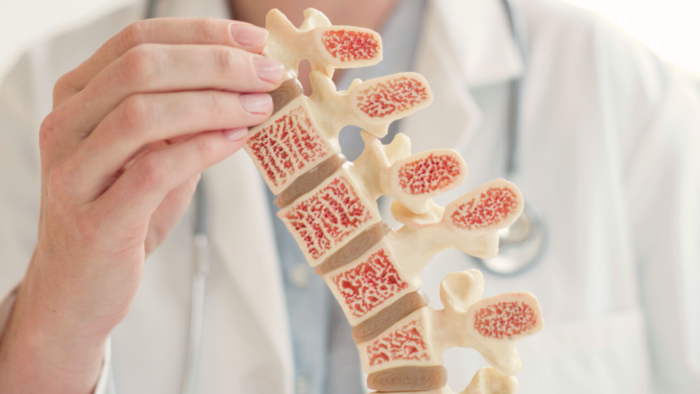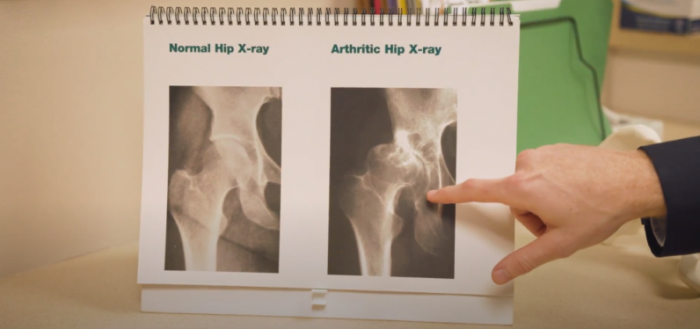
FROZEN SHOULDER
Frozen shoulder occurs when the tissues in the shoulder joint become thick, stiff, and inflamed. The cause of this condition is not fully understood, but it may occur after the shoulder has been immobilized for a period of time due to an injury or surgery. Frozen shoulder is most common in people between the ages of 40 and 60, and occurs in women more often than men.
ACL INJURIES
The Anterior Cruciate Ligament (ACL) is located in the knee and connects the top of the lower leg bone (tibia) to the bottom of the thighbone (femur). ACL tears are commonly seen in sports involving pivoting or cutting, such as football, soccer, or basketball. Studies have shown that female athletes have a higher incidence of ACL injuries than male athletes do, though the reason isn’t entirely known. Proposed theories include differences in bone anatomy, muscle strength, and neuromuscular control, leading to a difference in pelvic and lower leg alignment.
ANKLE INJURIES
Potentially due to a difference in stabilizing strategies in men and women, women tend to be more susceptible to ankle injuries than men. Injuries such as ankle sprains, anterior tibialis tendonitis, and posterior tibialis tendonitis are commonly seen in women. Ankle injuries seen from women wearing high-heeled shoes have also been increasing over time.
NEUROMA
Women’s feet are anatomically different from men’s, and tend to be narrower with increased pronation. A neuroma is a benign tumor of the nerve, most commonly occurring between the third and fourth toes. The nerve tissue begins to thicken as it passes under the ligament connecting the toe bones. Excessive irritation or pressure on the area can be a contributing factor to this condition, and shoes that don’t fit properly are a common cause.
THUMB CMC ARTHRITIS
Carpometacarpal (CMC) arthritis is arthritis at the base of your thumb joint, where the thumb meets the wrist. This is one of the most common locations for women to develop arthritis, and is thought to be due to increased estrogen. Estrogen can increase laxity of the joints and may contribute to joints wearing out quicker than in men.
TRIGGER FINGER
Trigger finger occurs when the flexor tendon in the finger becomes irritated and begins to thicken, leading to nodules that make it difficult for the joint to bend and straighten. When these nodules occur, the tendon will become momentarily stuck as it is lengthening, and then quickly pop out into extension.
GANGLION CYSTS
Ganglion cysts are a common condition in which a fluid-filled lump or mass forms in the hand. They occur most frequently in the back of the wrist or base of a finger. They are common in patients with arthritis or athletes in sports that apply continuous pressure to the wrist, such as gymnastics.
OSTEOPOROSIS
Osteoporosis is a progressive disease associated with bone density loss and an increased risk of fractures. This condition occurs four times more frequently in women than in men – approximately 30% of women in the United States have osteoporosis. In men and women, osteoporosis contributes to an estimated two million bone fractures each year. Many women with osteoporosis experience fractures of the hip, spine, arm, or leg, and often occur as the result of a fall.
While these conditions all occur more commonly in women, it’s not to say they cannot affect men as well. If you are concerned about any of these conditions or would like more information on how to prevent common orthopedic conditions in women, schedule an appointment with your orthopedic surgeon.





